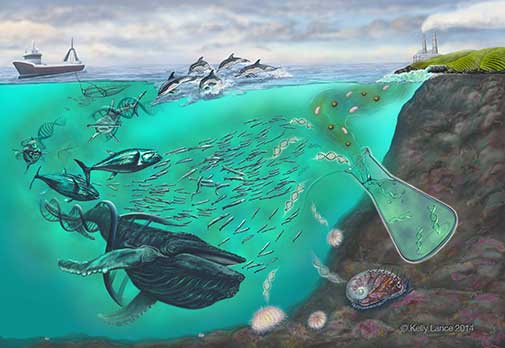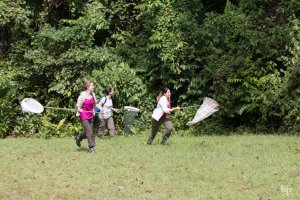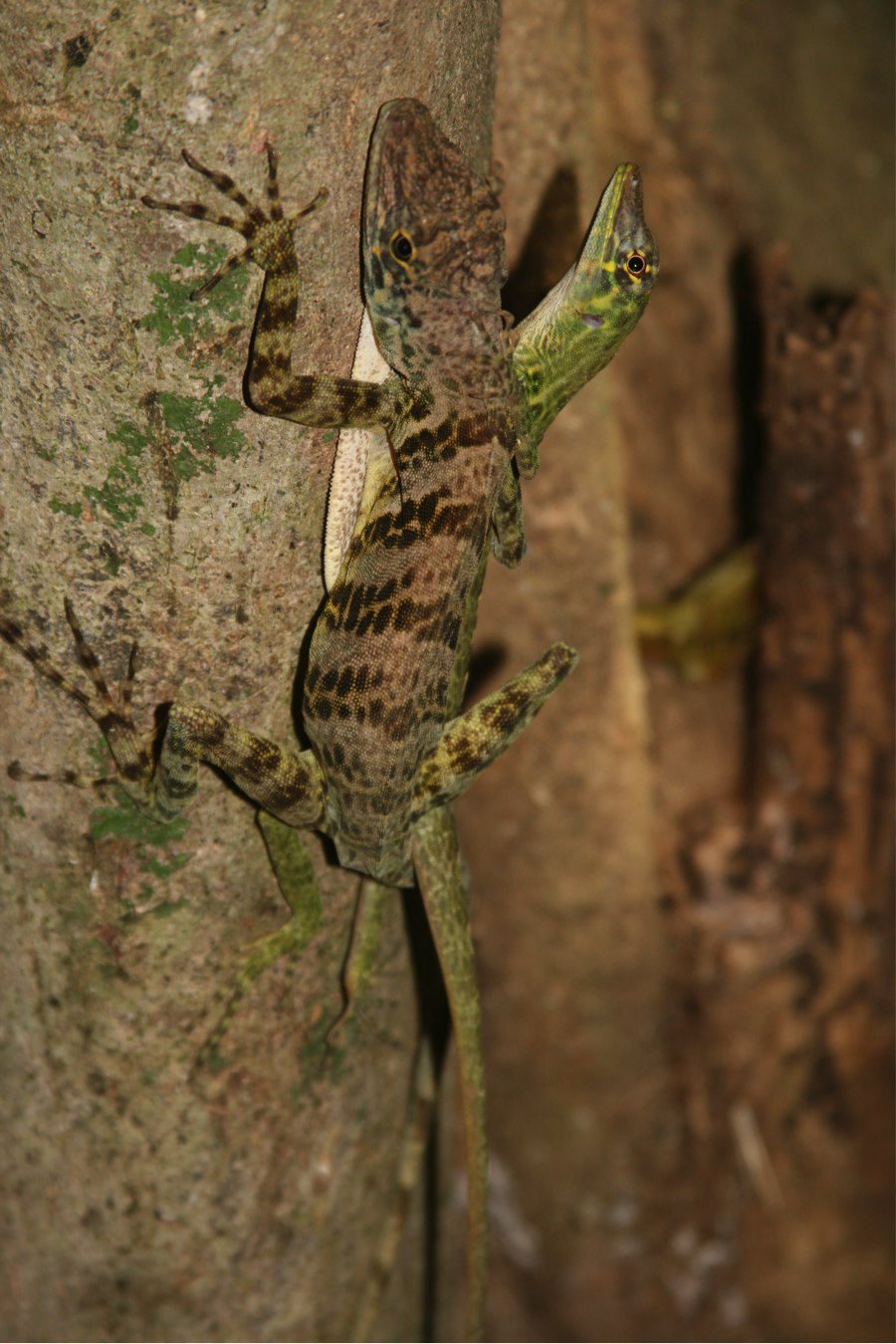More coffee please?
Many of us like coffee. Love coffee. And consume so much coffee. So maybe I should not be that surprised to learn that coffee is the second most important commodity in the world (petroleum being first) exported by developing countries. When coffee comes to our minds we may wonder how it is that coffee can taste so great and be so popular, or how it is prepared and served in so many different ways. The sad thing is that often we may not really think about where does coffee exactly come from, as well as who was involved in all the many steps until it finally arrived to our cups. The second course that we took (Foundations in Environmental Policy, given by Prof. Gordon Hickey) forced us to think deeply in some of these issues, such as the challenges any supply chain poses (specially as our daily lives become dependent on more and more globalised products). Thinking about these issues can make you feel uncomfortable, frustrated and confused (as it really did), but also despite the initial powerless feeling when dealing with such complex issues we realised that we as consumers have not only a significant power but also the minimum responsibility to be informed consumers (which ideally should lead to responsible consumers).

Documentary “Black Coffee” (in small letters “A glimpse into the dark side of the brew”) directed by Irene Angelico. A great film about the history of the coffee, the beginning of the coffee industry and the current state.
During our field trip to Fortuna we visited two very different farms (and not so much for what they cultivated but for their approach): a coffee plantation in Boquete and a cacao farm in Changuinola. The coffee plantation owner seemed particularly focused on the quality of the coffee (rather than on sustainable practices, for example he did not believe in shade-grown coffee because he thought its lower yields would not improve poverty conditions). I found this a bit shocking (probably due to my biologist bias) because he did not seem to consider that shade-grown coffee could be the a sustainable practice benefiting both the environment and the farmers. On the other hand, the cocoa plantation farmer came from a family tradition where more environmentally-friendly practices were encouraged: the cacao trees were grown with other tree species, and the cattle ranching was based on a silvopastoral system. During our visit I thought about these initiatives we hear more and more about: fair trade products, organic products and shade-grown coffee, and wondered how they would apply (or could be) to the farms we visited. Although the issue of whether these initiatives actually work and are making a difference has been debated (for example see “The Problem with Fair Trade Coffee”), for now I just wanted to review some of them by focusing on their philosophy.
Coffee can be fair-trade, organic and/or shade-grown certified (some of the most common certifications). And a particular coffee may have one, two or all of these three. Although the goals of these initiatives overlap in some areas, their conditions and standards differ relative to their priorities. Fair-trade certified coffee (certified by third-parties such as the FAIRTRADE Foundation, or Fair for Life) aims at ensuring a fair price for the farmers in developing nations who grow the coffee, while at the same time promoting fair labour conditions, community development and sustainable practices. This is achieved in part by establishing direct, long-term contracts with the farmers and by agreeing on a minimum price for their coffee (for protection from the market fluctuations). On the other hand, organic certified coffee focuses on the production of coffee without chemical pesticides and fertilisers, as well as using environmentally-friendly practices such as multilayered crops and multi-species plantations. And finally, shade-grown certified coffee (the opposite of full-sun plantations) aims at returning to the way in which coffee grows naturally (hybrid coffee was created to grow under full sun conditions, which gave rise to the creation of massive coffee plantations due to the higher yields obtained, but at environmental expenses). Shade-grown coffee ensures the protection of the soil, bird populations, carbon sequestration and benefits farmers with the resources they are able to obtain from the non-coffee trees.
Interesting, the Smithsonian Migratory Bird Center created the “Bird Friendly” certification label, which requires the coffee to be both organic and shade-grown. One of their main claims is that their certification is based on solid science and rigorous controls. They analysed several studies in order to compare shade-grown coffee vs. full-sun plantations and concluded that “shade-grown coffee is the next best thing to a natural forest “, as it is able to provide all the following benefits: improved soil conditions, carbon sequestration, natural pest control and pollination and protection for migratory birds. Shade-grown coffee systems not only benefit the farmers through ecotourism and natural resources (medicinal plants, firewood, fruits), but also consumers because it is a better tasting coffee as it matures slowly under the shade accumulating the flavour.
References:
- http://www.groundsforchange.com/learn/index.php?
- http://www.fairtrade.org.uk/en/what-is-fairtrade/what-fairtrade-does
- http://ssir.org/articles/entry/the_problem_with_fair_trade_coffee
- https://nationalzoo.si.edu/scbi/migratorybirds/coffee/
- http://nationalzoo.si.edu/scbi/migratorybirds/coffee/bird_friendly/ecological-benefits-of-shade-grown-coffee.cfm







 The new visitor center, is a replica of the first laboratory of the island, this place was the scenery of many scientific discussion and collaboration between scientists. One of the big ideas that were discussed, in 1980 by Stephen Hubbell and Robin Foster, was the establishment of a 50 hectare plot to study the dynamic of the forest. The plot is located in the plateau of the island, 145m over the sea level. Every tree and vine in this plot has been identified, mapped and tagged and every 5 years there is a census that quantifies and answer question like: How many trees died? How is the distribution of the different species? How fast the gaps are recovered? Most recently, with the climate change, and international collaboration with more than 10 countries, 46 plot have been stablished in different parts of the tropic following the same methodology developed in Barro Colorado.
The new visitor center, is a replica of the first laboratory of the island, this place was the scenery of many scientific discussion and collaboration between scientists. One of the big ideas that were discussed, in 1980 by Stephen Hubbell and Robin Foster, was the establishment of a 50 hectare plot to study the dynamic of the forest. The plot is located in the plateau of the island, 145m over the sea level. Every tree and vine in this plot has been identified, mapped and tagged and every 5 years there is a census that quantifies and answer question like: How many trees died? How is the distribution of the different species? How fast the gaps are recovered? Most recently, with the climate change, and international collaboration with more than 10 countries, 46 plot have been stablished in different parts of the tropic following the same methodology developed in Barro Colorado.





